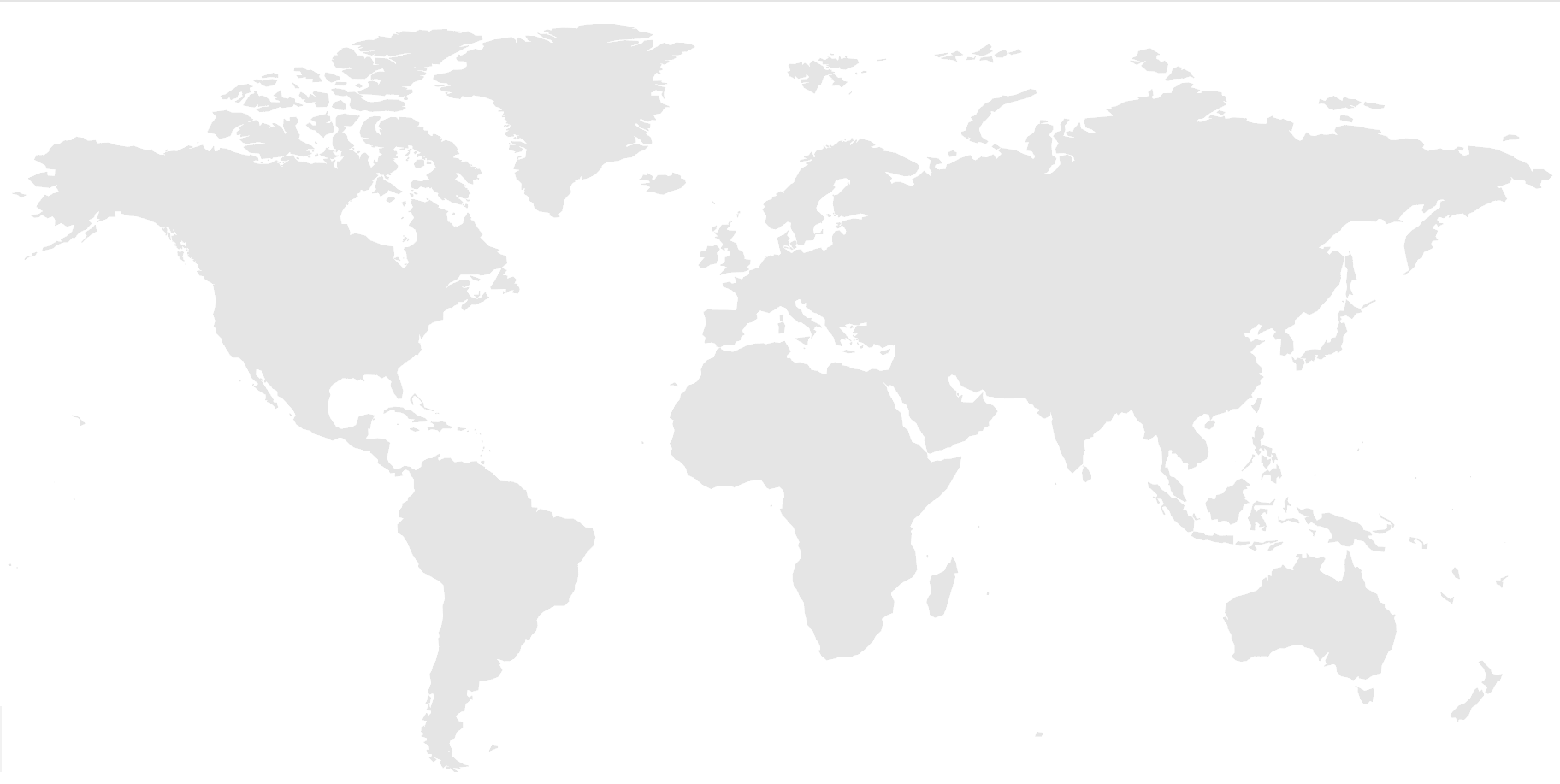Zambia, a landlocked Sub-Saharan African developing country, faces a high level of food insecurity, with over 1 million people affected by food shortages. The changing climate is profoundly aggravating the situation, bringing increased frequency and severity of floods and droughts in the country. Just in January this year, severe flooding hit the Southern, Central, Lusaka provinces, with the worst impacted areas in the Luapula, Kapompo, Lukulu, Senanga, Kitwe, Mambwe, and Solwezi districts, threatening the lives of thousands of people.
These changes adversely affect agricultural productivity, food security, and water resources, among other aspects of the economy and livelihoods.
Investing in technology is an important aspect in climate mitigation and response. Satellite images and digital mapping technology are key to understanding where floods and droughts are likely to occur. These tools help map where high-risk areas coincide with high population densities and vulnerable communities. Mapping initiatives can inform disaster-preparedness plans by delineating priority zones that should target development and emergency assistance. In addition, these can also highlight reallocation of resources by government stakeholders toward strengthening healthcare, sanitation and water provision.
In the face of disasters, these data-driven decisions could exceedingly save lives, reduce injuries, and slow the spread of disease in affected communities.
To assist the Zambian government with mitigating the worst effects of the changing climate, CGIAR’s Climate Resilience Initiative (ClimBeR), under its Governance for Resilience focus area, has held several consultations with ministry partners in Zambia to co-design the AWARE, Climate-Smart Governance, and Zambia Drought Management System tools.
The Early Warning, Early Action, Early Finance Platform (AWARE) platform equips relevant decision makers at multiple scales with key information for preparedness, response, advocacy and resource mobilization to manage climate-related risks. The AWARE platform supports a broad range of key early-warning indicators and an accountability framework, which sets out the roles and responsibilities of key actors in the humanitarian community to ensure stronger links between early warning and response. The portal has been built with an exclusive feature for predicting the risk to equip relevant decision makers with key information for preparedness, response, advocacy, and resource mobilization efforts to mitigate and manage these risks.
Meanwhile, the Climate Smart Governance (CSG) Dashboard is a portal which can implement, monitor, and evaluate a national adaptation strategy at a (sub)national level and prioritizes local-scale investment needs for enhancing resilience. This dashboard can also help prioritize local-scale investment needs for enhancing resilience.
“It was an amazing experience to co-generate and co-design the AWARE framework. We believe AWARE is an innovative tool that promotes open-access knowledge products that are verifiable to promote better accountability and supports in the timely decision-making process.” – Likezo Musobani, Acting Assistant Director, Zambia Disaster Management and Mitigation Unit
The Zambia Drought Management System (ZADMS) incorporates multisource information (such as access to real-time weather updates and open-access satellite data) that provides farmers, extension workers, and agriculture and water resources authorities with all the information needed to forecast, monitor and manage drought. Specifically, it provides seasonal, sub-seasonal, and seven-day weather forecasts to indicate when drought is present. The system can guide Zambia’s national, state, and district-level authorities to take timely action to prepare for drought. This helps cushion smallholders, many of them poor, from the worst effects of a prolonged drought.
These tools resulted from close discussions and a strong collaboration between Zambian government officials and ClimBeR researchers. ZADMS was created upon request by the Ministry of Agriculture to have better information for their drought response. It was developed by ClimBeR, the said ministry, and the Zambia Meteorological Department, Water Resources Management Authority (WARMA).
On the other hand, CSG was also co-developed with the Ministry of Agriculture, the Zambia Meteorological Department, and the Water Resources Management Authority (WARMA). The original name, ClimaAdapt-Gov dashboard, was changed to CSG by the ministry, signaling the government’s firm ownership over the project.
AWARE was co-created with the Zambia Disaster Management and Mitigation Unit, a partnership announced early this year. Together with CSG, it contributes to creating adaptation metrics, which are needed to track progress on the Global Goal on Adaptation as part of the United Nations Framework Convention on Climate Change (UNFCCC) processes.
Because of the consultations, the ministry partners better understood how these technological innovations can break silos. The knowledge products that these tools will provide to governments will help them coordinate their climate response strategies more efficiently.








